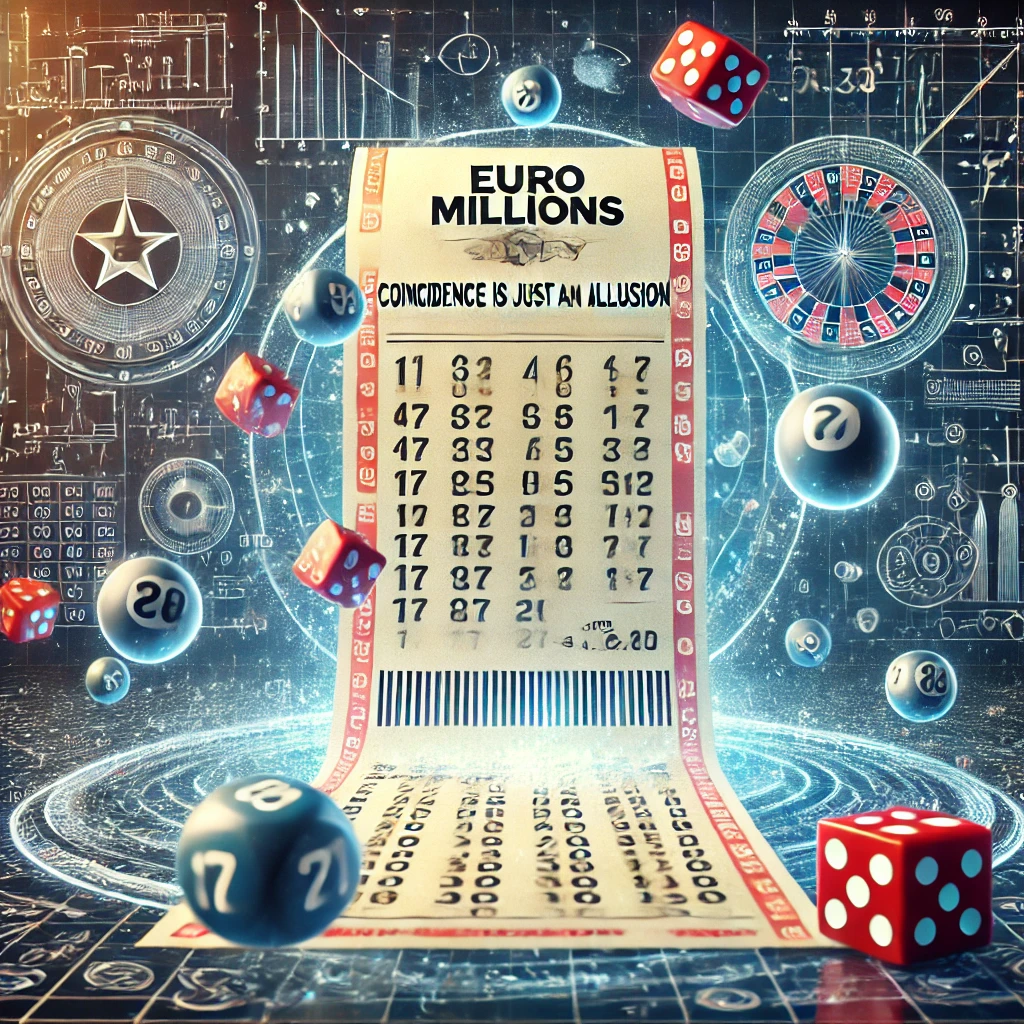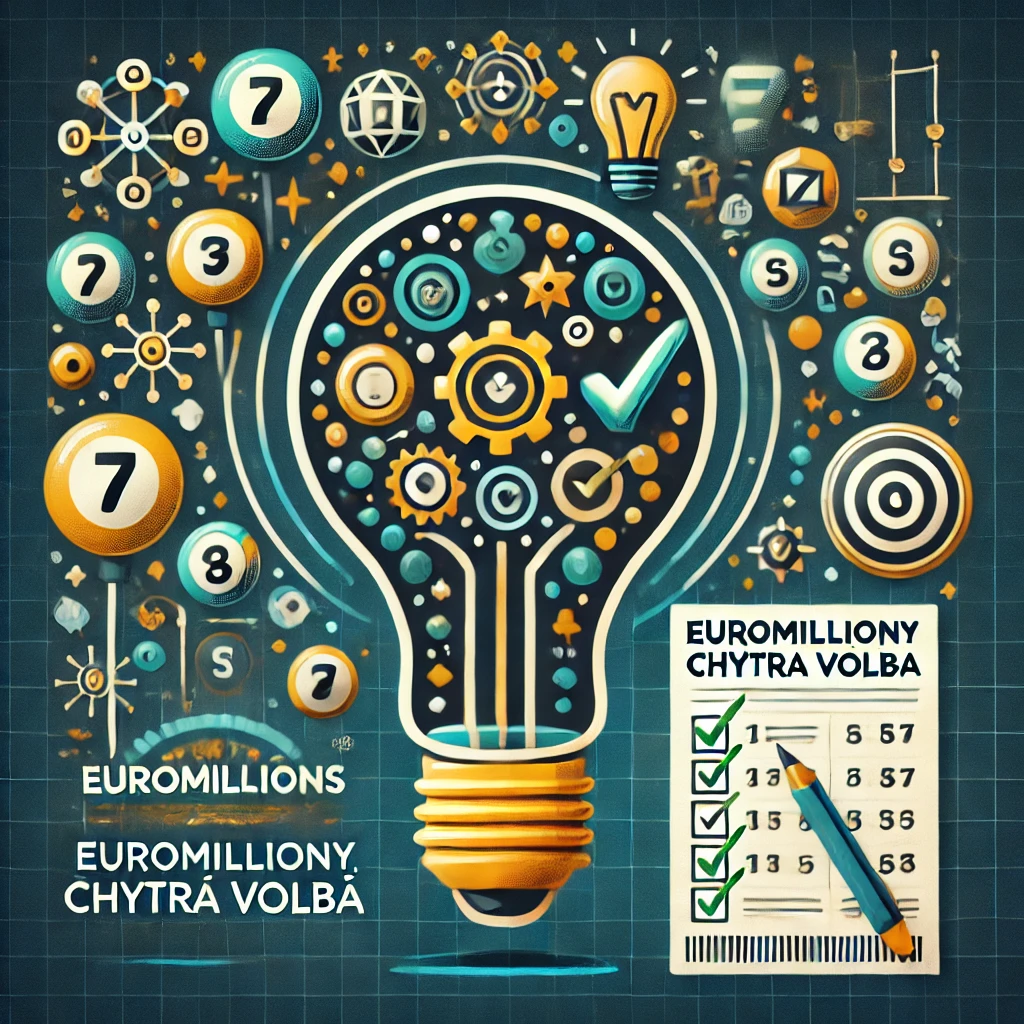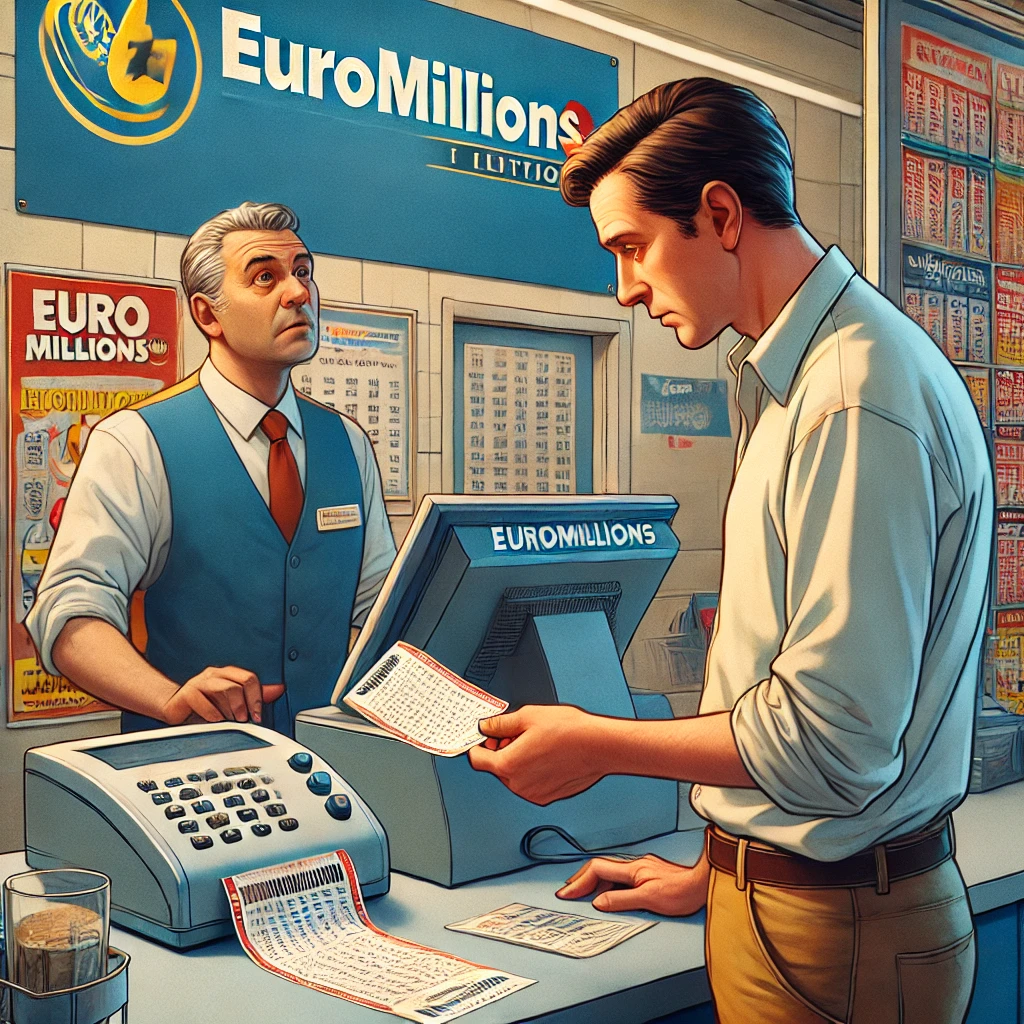EuroMillions: Discovering Hidden Patterns in Randomness
When we think about EuroMillions and other lotteries, we often feel that the outcome is entirely random and unpredictable. However, when we delve deeper and apply some mathematical principles, we may uncover certain patterns that help us better understand how winning chances work.
The Law of Large Numbers: How Randomness Begins to Make Sense
One of the key mathematical concepts that can help us understand how a lottery might be more predictable than it seems is the Law of Large Numbers. This principle tells us that if a random experiment is repeated often enough, the results will begin to approximate the expected value. In other words, over a sufficiently large number of draws, each number should appear approximately as often as the others.
In the context of EuroMillions, this means that if we were to monitor draws over a long period, we would find that individual numbers appear with similar frequency. Short-term deviations, where some numbers seem “luckier,” are merely the result of randomness. However, in the long run, the frequency of individual numbers should even out.
The Power of Combinations: Why No Set is Better Than Another
Another important factor to consider is number combinations. Although there are an enormous number of possible combinations, mathematics tells us that no specific combination has a greater long-term chance of winning than another. This means that whatever combination you choose, your chances of winning are essentially the same.
Nevertheless, some players might choose to employ a strategy based on analyzing historical data to see which combinations have been more successful in the past. While this may provide some comfort or confidence, it’s important to remember that each draw is independent of the previous ones.
Prize Categories: More Ways to Win
One unique feature of EuroMillions is the existence of several prize categories. This means you don’t need to match all the numbers to win. Lower prize categories, which include partial matches, increase your chances of winning. Each number drawn thus has a chance not only for the top prize but also for success in one of the lower categories.
This aspect provides players with more opportunities and makes the game more attractive. By analyzing these categories, players can better understand how to optimize their chances of winning, whether they’re aiming for the jackpot or just smaller prizes.
Technology and Statistics: Tools for Smarter Play
In today’s world, players have access to various technologies and analytical tools that can help them better understand the odds in EuroMillions. The EuroMillions Number Generator, available at this link, is an example of a tool that uses statistics to provide players with more informed number choices.
This generator not only randomly selects numbers but also provides historical data on how often these numbers have been drawn and what prizes have been won with them. This can help players make smarter decisions when choosing their numbers.
Conclusion: Randomness or Predictability?
While a lottery remains primarily a game of chance, mathematical principles can offer insights into how this random process may be predictable in certain ways. By analyzing long-term data and utilizing available tools, players can better understand how the game works and how they can optimize their chances of winning.
Whether you play for fun or try to use mathematics to improve your odds, EuroMillions offers an intriguing blend of chance and strategy that appeals to millions of players across Europe.



